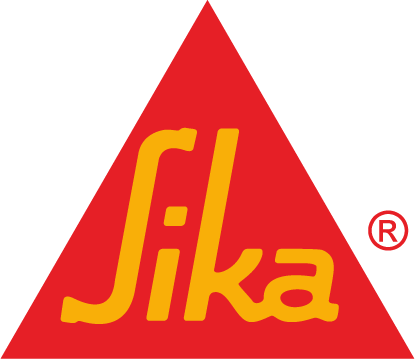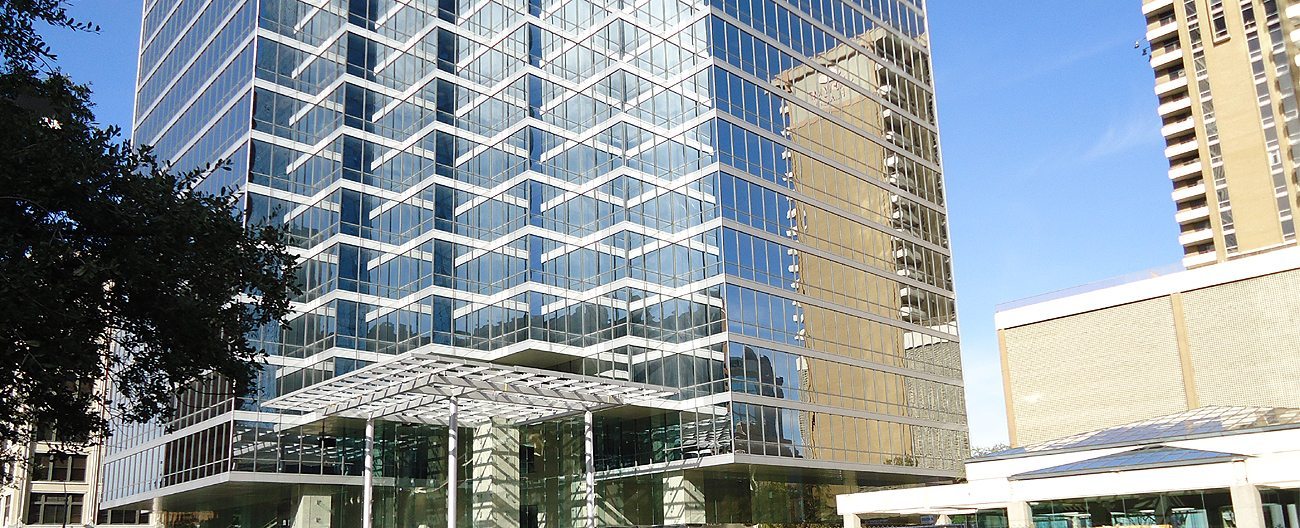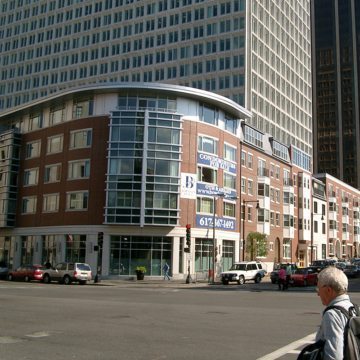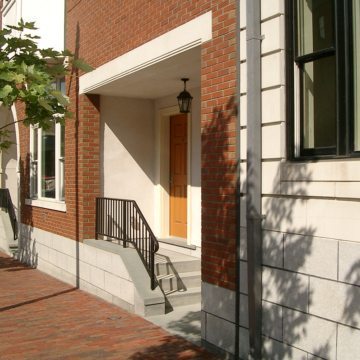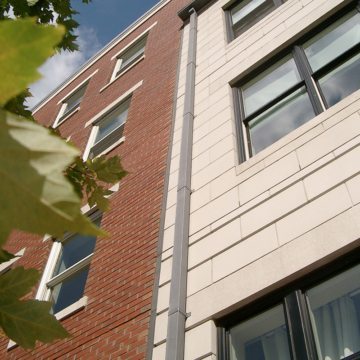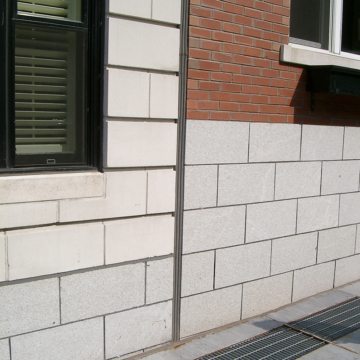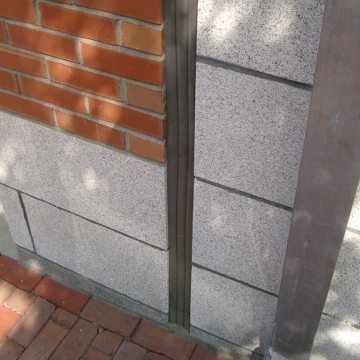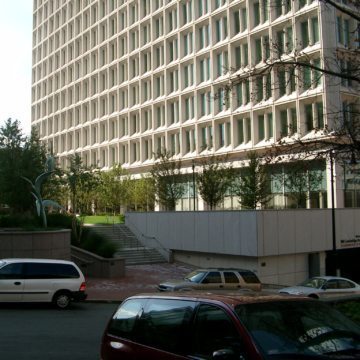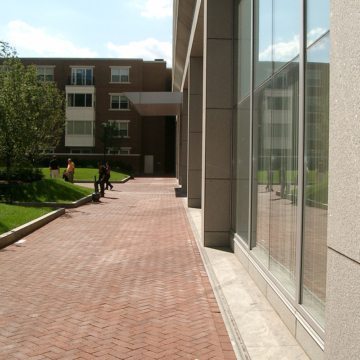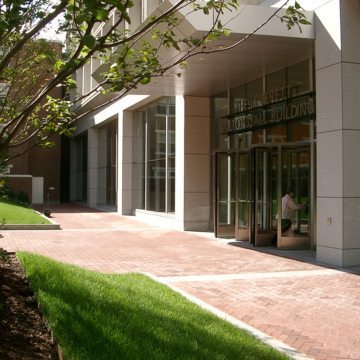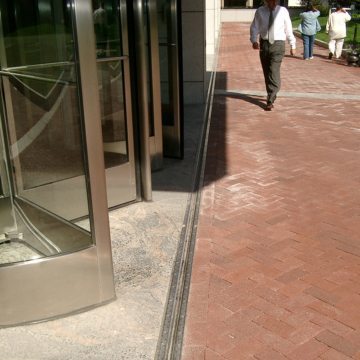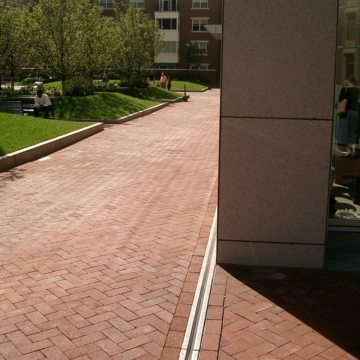Lowest Total Cost of Ownership Building Expansion Joints
100 Cambridge Street Still Trouble-Free
(2003, New Construction)
Installed in 2003, the building expansion joints at 100 Cambridge Street, Boston remain trouble-free.
This means the owners aren’t spending money on maintenance. It also means they have no leaks into tenantable space.
The complex that includes the Saltonstall government office building, luxury condos, and retail has benefited as a result, from a cornerstone of EMSEAL’s expansion joint philosophy–do the work up front and provide the best quality to ensure the lowest total cost of ownership expansion joints possible.
The technologies employed are Colorseal in the walls and EMSEAL’s MIGUTAN FP-series in the plaza deck.
Strategically placed just left of and adjacent to a downspout, the Colorseal-sealed expansion joint becomes aesthetically unobtrusive.
Closer-up, the features that make Colorseal uniquely suited to facade joint sealing become evident.
Non-invasive anchoring ensures the product firmly and properly interfaces with substrates without the need for drilling and driving screws into the hard, brittle substrates.
The tensionless silicone bellows ensures that movement is accommodated without tension at the bond line or within the sealant as is the case with caulk and backer rod.
The backpressure of the the stored-strain energy of compression of the impregnated foam pushes the sealant into the irregularities created by the mortar and stone joints.
The depth and density of the hybrid sealant system ensures resistance to hurricane-force wind and rain.
And finally, the sound attenuation of the foam and silicone hybrid is extraordinary. This ensures that the street noise is kept at bay even at this designed gap through all the building elements.
The plaza deck that flanks the Saltonstall office building poses its own unique waterproofing challenges. Plaza decks are essential features of many buildings. They provide landscaped greened, gathering places around the central core of the main structure. By acting as a roof over occupied space below, plaza decks extend the useable square footage of the development.
By their nature, plaza decks are built up in layers. The lowermost layer is usually a concrete deck. The waterproofing is installed onto that deck, reinforced and protected and then a topping course is installed over the roof membrane. The topping course can be pavers, planters, a green or vegetative roof, asphalt or even another slab of concrete in a split-slab configuration.
In this case, the plaza topping is a little bit of everything: planters, lawn, brick pavers, granite and concrete aprons. Because they form a perimeter around another structure, there is always a structural expansion joint between the building and the plaza deck and proper attention must be given to plaza deck expansion joint selection and design.
This is because the expansion joint will bisect everything and must be properly integrated into the buried deck waterproofing membrane.
Systems that are installed at the structural slab level don’t work. In contrast to these “buried band-aid” solutions, the EMSEAL FP selection of expansion joints “For Plazas” are purpose designed.
These systems come with an integral side flashing sheet that is embedded and encapsulated into layers of the waterproofing membrane.
This ensures a static integration with the membrane that is never put into tension or conditions of flex that cause fatigue failure in buried band aid materials. Joint movement occurs at the surface in a purpose designed sealing gland.
The legs of FP systems are available in heights to suit the topping or toppings of the wear course. And, because the side sheets and central sealing gland are made of thermoplastic rubber, continuity of seal at changes in plane and direction and at changes from deck-to-deck to deck-to-wall can be assured.

